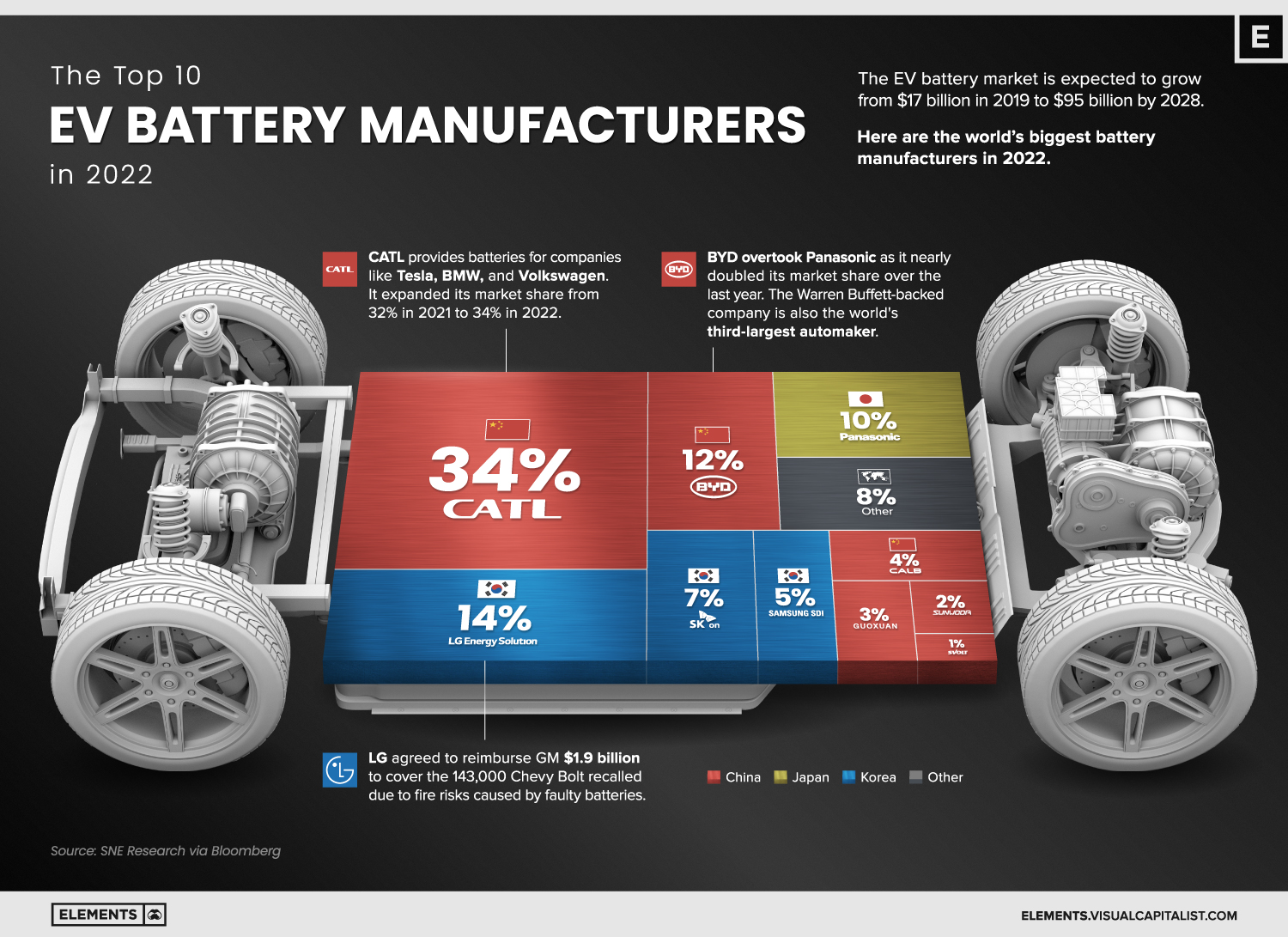Those savings can be achieved by making dozens of small improvements — like producing batteries close to car factories to avoid shipping costs — and by reducing. The race is on to generate new technologies to ready the battery industry for the transition toward a future with more renewable energy. Scientists are working to ensure the electric vehicle (ev) batteries being sold today can be recycled in 2030 and beyond, when thousands of batteries will reach.
Deisgn Of Masdar Future City Saudi Arabia Undergound Cars 2017 Uae Abu Dhabi 13th March 2023 Autonomous Car Stand In Futuristic
Test To Find The Best Career For Me 17 Free Aptitude And Personality My Diamonds
The Future Of Smart Car New Mercedes Selfdriving Concept Is Packed Full
Safer and Powerful SolidState Batteries for Electric Vehicles ASME
Scientists spend weeks charging and discharging them, measuring how they perform.
In the next 10 years millions of old electric car batteries will need to be recycled or discarded.
The shortage of ev batteries is one of the auto industry's major challenges for future growth. From increased mileage to decreased emissions, the. They are a reality we’re living. The materials and energy needed to produce ev batteries explain much of its heavy carbon footprint.
In 2022, about 60% of lithium, 30% of cobalt and 10% of nickel. This might not be a surprise, since i'm. Ev batteries contain nickel, manganese, cobalt, lithium, and graphite, which emit substantial. Batteries for mobility applications, such as electric vehicles (evs), will account for the vast bulk of demand in 2030—about 4,300 gwh;

A technology that could dramatically increase the range and decrease the charging time of electric vehicle (ev) batteries could soon be in many more cars.
Expect new battery chemistries for electric vehicles and a manufacturing boost thanks to government funding this year. They need to store a lot of energy; More electric range, faster charging. A new mit battery material could offer a more sustainable way to power electric cars.
Electric car makers know that in order to get an ev in every garage, americans demand more range and quicker charging. Focusing on three areas can help players meet demand. Gain insights into the latest trends in electric vehicle batteries from iea's 2024 report, crucial for stakeholders across sectors, from investors to consumers. Electric car batteries have a lot of conflicting demands.

In 2022, lithium demand exceeded supply (as in 2021) despite the 180% increase in production since 2017.
Some dramatically different approaches to ev batteries could see progress in 2023, though they will likely take longer to make a commercial impact.







